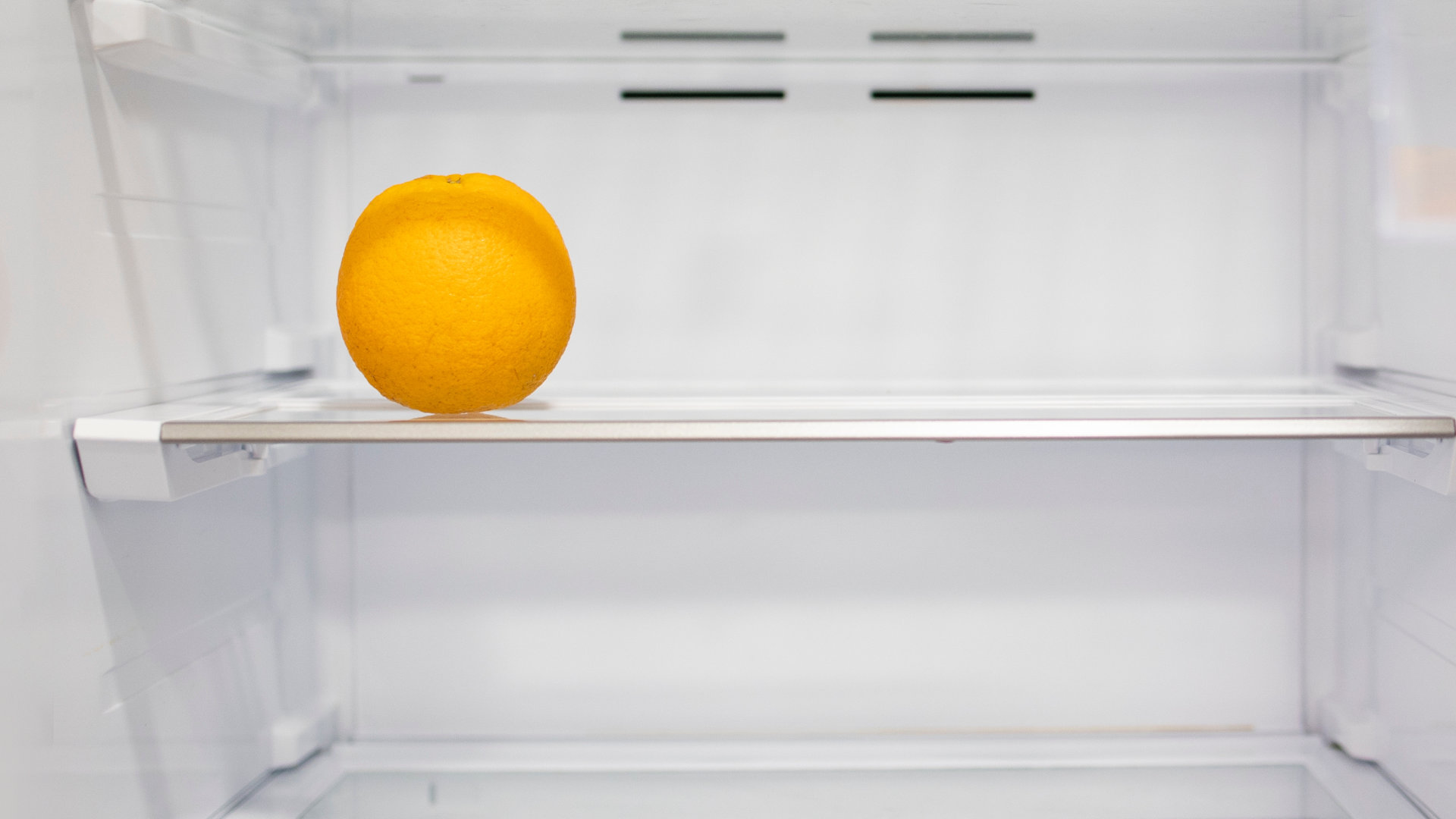
If your Kitchenaid microwave isn’t working properly, you’re not alone. In this blog post, we’ll explore some of the most common reasons why Kitchenaid microwaves stop working and provide solutions to try at home.
Whether your microwave won’t start or turn off, is making strange noises, or something else entirely, we’ll help you troubleshoot the problem and get your microwave back up and running in no time. Let’s get started!
Check the power source
If you’re having trouble with your Kitchenaid microwave, the first step is always to check the power source. Make sure that it’s getting the electricity it needs by verifying that the cord is securely plugged into a working outlet and that the circuit breaker hasn’t been tripped.
That small detail can save you time and hassle and help you get back to heating your food in no time. If these preliminary checks don’t fix the problem, then you may need to contact a service professional.
The door isn’t sealing properly
Has your trusty microwave stopped working as well as it used to? It may be because the door isn’t sealing properly, which can cause all sorts of issues.
To troubleshoot this, inspect the door for any damage or gaps and make sure that it’s closing correctly. If you find something is amiss, don’t hesitate to talk to a qualified technician who specializes in microwaves. With their help, you’ll be back to making delicious meals in no time.
The control lock feature may be on
The control lock feature of a Kitchenaid microwave is an essential safety feature that prevents accidental use of the microwave. The control lock function disables all buttons on the keypad, which means that no one can accidentally start the microwave or change any settings while it’s in use.
This is especially important in households with children or pets who may accidentally bump into the microwave and cause it to turn on.
To turn the control lock off and on:
- Make sure the microwave oven and timers are off before attempting this procedure.
- To turn off the control lock feature on your microwave, press and hold the CANCEL keypad for 3 seconds. You will hear two tones to indicate that it has been locked.
- To unlock it again, simply repeat this process, and you will hear two more tones. Once complete, you can use all keypad functions as normal again.
Demo Mode may be on
Demo mode is a feature found in most microwaves that allow users to familiarize themselves with the different functions and settings of the appliance without actually cooking any food. It essentially simulates the cooking process by turning on the microwave’s light and fan, but without producing any heat.
By using demo mode, users can experiment with different settings and learn how to properly operate the microwave before trying it out on actual food. Additionally, demo mode can be used by retailers as a way to showcase the features of a particular model to potential customers.
- To turn the demo mode on and off, start by making sure your microwave oven and timer are both off.
- Then, touch and hold “Timer Off” or the number 3 pad (depending on model) for three to five seconds until two tones sound, and “d” or “Demo” appears on display.
- To turn off the demo mode, repeat these steps until you see the “d” or “Demo” icon removed from the display. Once completed, your microwave will be completely out of demo mode.
Reset the microwave by unplugging the microwave and then plugging it back in again
One of the last steps to troubleshooting a microwave if other steps haven’t provided relief is to reset it. This can be achieved simply by unplugging the device from the outlet and plugging it back in again. While this may seem like a minor solution, it can often solve problems with the microwave, such as power issues or it not responding correctly.
The microwave has blown a fuse
If your microwave stops working, one of the last things you should check is whether or not the fuse has blown. A blown fuse is a relatively common reason for microwaves not turning on, and it can easily be replaced if that’s the case. To check for a blown fuse, make sure to unplug your microwave beforehand, then carefully remove any screws that are in place to keep the back panel intact.
Once you have done this, examine both ends of the fuse for any damage, such as burnt wiring or melted metal. If there appears to be any kind of damage, the fuse will need to be replaced with an identical one. Call a professional to do this, as microwaves use a much higher voltage than most appliances and can still be very dangerous even when unplugged.
Call for support
If your microwave has not responded to any of the above steps, there may be a deeper problem that should be looked at by a repair professional. Microwaves are unique appliances that use both higher voltage and radiation and should only be repaired by professionals that have experience in microwaves.
Final thoughts
So, there you have it! Here are some reasons why your microwave might not be cooking as well as it used to, and some potential solutions. If you’re still having trouble after trying these things out, then it may be time to call a repair professional or invest in a new microwave. But we hope that this article was able to help you solve your problem without having to do that.

Eliminate the Burning Smell From Your Microwave

Fixing a Samsung Freezer That Won’t Freeze

Whirlpool Oven Won’t Heat: Here’s What To Do

Easy Steps to Clean Your Refrigerator Coils

Quick Fixes for an LG Dryer Not Heating

How to Fix an Electrolux Dryer That’s Not Drying

Why Is Your Whirlpool Washer Lock Light Flashing?

Why Is Your Freezer Door Not Sealing?

How Does a Ventless Dryer Work?

